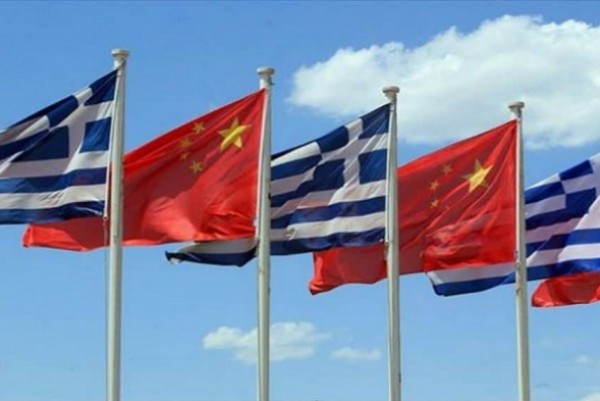| Greece and the new 17+1 format | |

| Author: CSEBA / SEEbiz / OBOREurope |
| 23rd April 2019 |
| ATHENS - After attending the EU-China summit, Chinese Premier Li Keqiang visited Dubrovnik, Croatia, on April 11 for the 16 + 1 format summit, which brings together China and Central and Eastern European states. |
|
This is the last 16+ 1 summit: this year Greece joined the initiative which will from now be called 17 + 1. It is logical for Alexis Tsipras, Greek Prime Minister, that his country joins this platform of exchanges with China. Greece has benefited from significant Chinese investments since the crisis that hit the country from 2008 to 2016. The Chinese company COSCO acquired the port of Piraeus. Although some port activity projects are delayed due to the archaeological interest of the area (Piraeus has been a major port since ancient times), this operation has encouraged other Chinese companies to invest in Greece. For example, China State Grid acquired a stake in ADMIE, the Greek grid operator. Greece has also put in place some very attractive policies for individual investors who invest at least €250,000 in real estate, they will then be granted a “golden visa” giving them access to Schengen area. But by joining the 16 + 1 format, Athens hopes much more than attracting Chinese investors. Tsipras seeks the support of the Balkans and Central European states to make Piraeus one of the main gateways to international trade in Europe, thanks to the development of new infrastructures, with the support of Chinese companies, and thus to create a new economic corridor connecting Piraeus to the heart of Europe. With the recent Italian decision to join the BRI, and possible projects in Trieste, Athens wants to strengthen the position of Piraeus in the Mediterranean. Europe needs more coordination vis-à-vis the BRI, and Alexis Tsipras, by joining the 16 + 1 format, is trying to push forward a joint project in the Balkans. |
 |
|
| 23rd November 2024 | |
| China has good news for Croatian citizens | |
 |
|
| 7th November 2024 | |
| Pelagos net farm products presented at the Shanghai fai | |